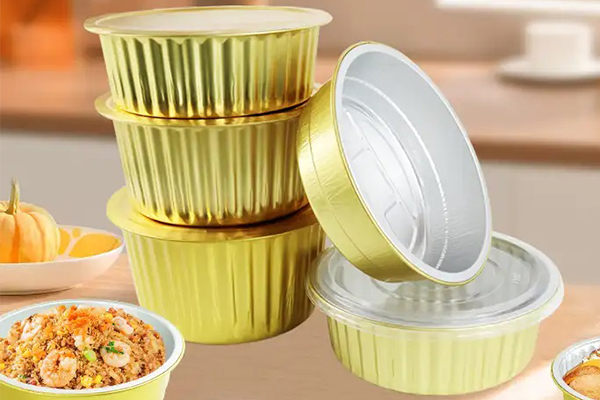Besides airlines, where else is there a large demand for aluminum foil lunch boxes? Are aluminum foil lunch boxes healthy and safe? What are the advantages and disadvantages compared with ordinary plastic lunch boxes? Now many takeaways are in aluminum foil boxes, such as Dongchi bento, clay pot rice, etc. Aluminum foil boxes are resistant to high temperatures and are healthy to eat, especially for specific airlines, as well as homes and hospitals. Aluminum foil tableware can also be heated with open flames, air fryers, ovens, etc. Aluminum foil boxes have good thermal conductivity and high food safety, and are good for environmental protection when the recycling system is good.

Aluminum foil boxes can be used to package food, pack takeaways, pack pre-prepared dishes, etc. It is very common to use aluminum foil to package food. Although it is disposable, it does no harm to nature. Secondly, it can be used for barbecue, which can keep the food fresh and has good thermal conductivity. Unconsciously, aluminum foil boxes are becoming more and more widely used in our lives. Now many mid- to high-end restaurants have begun to use aluminum foil boxes, including takeaways, which are very simple and atmospheric; aluminum foil boxes, as metal packaging containers, have good safety, heat insulation, and environmental protection. And these are not achieved by plastic boxes.
Although plastic lunch boxes are relatively cheaper, they are not environmentally friendly. The materials used are relatively cheap. Under high temperatures, they will produce substances that are harmful to the human body and are not good for health. Aluminum foil lunch boxes are much safer and resistant to high temperatures. They are also commonly used in catering, such as barbecue and grilled fish. They are also widely used abroad. Because aluminum foil lunch boxes are not very popular in daily life, they are often called tinfoil lunch boxes. In fact, they are our aluminum foil lunch boxes, but many people like to confuse them.